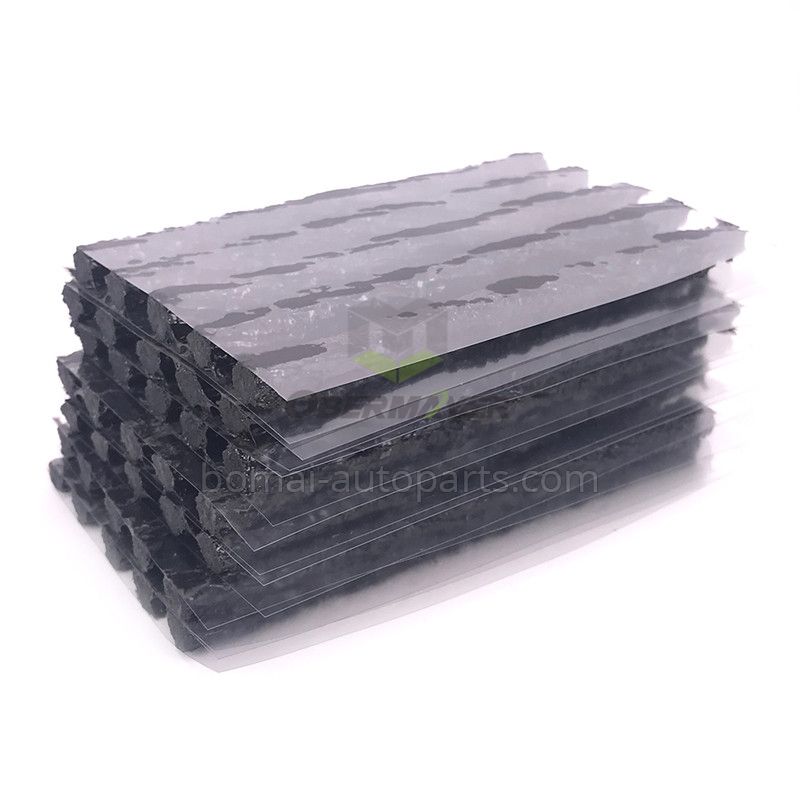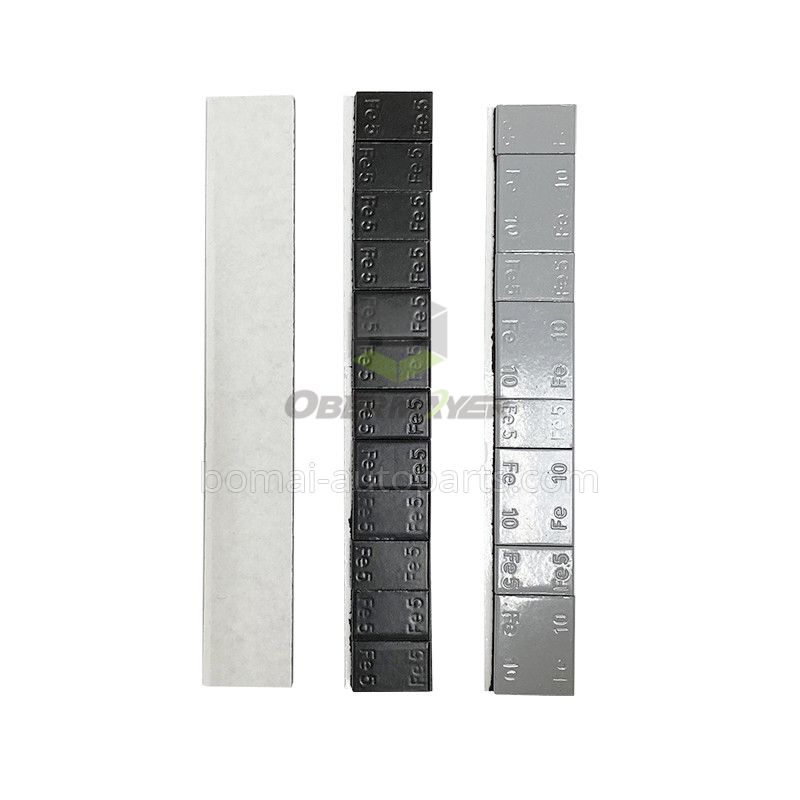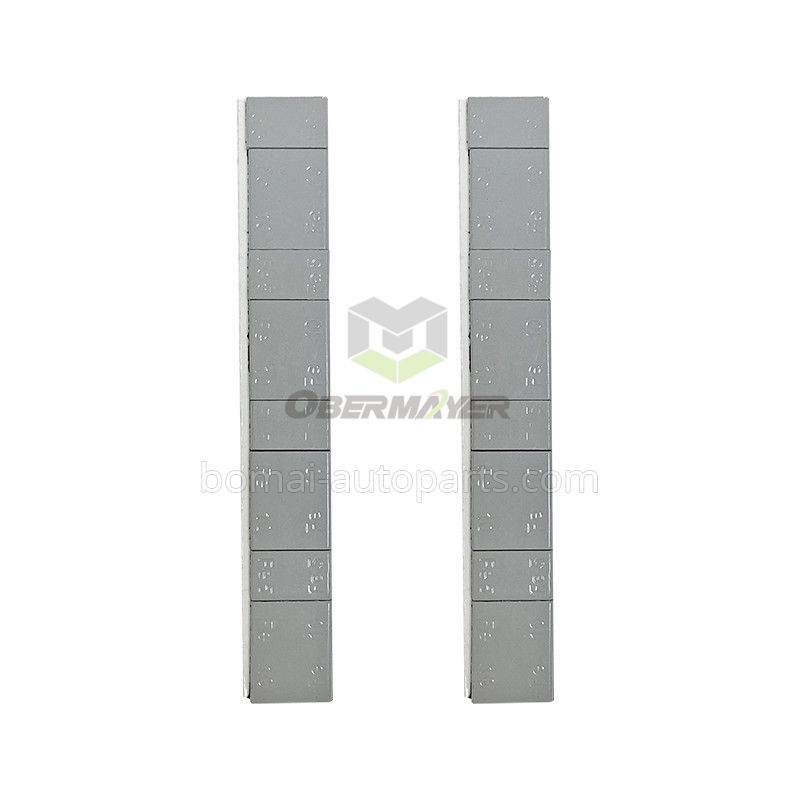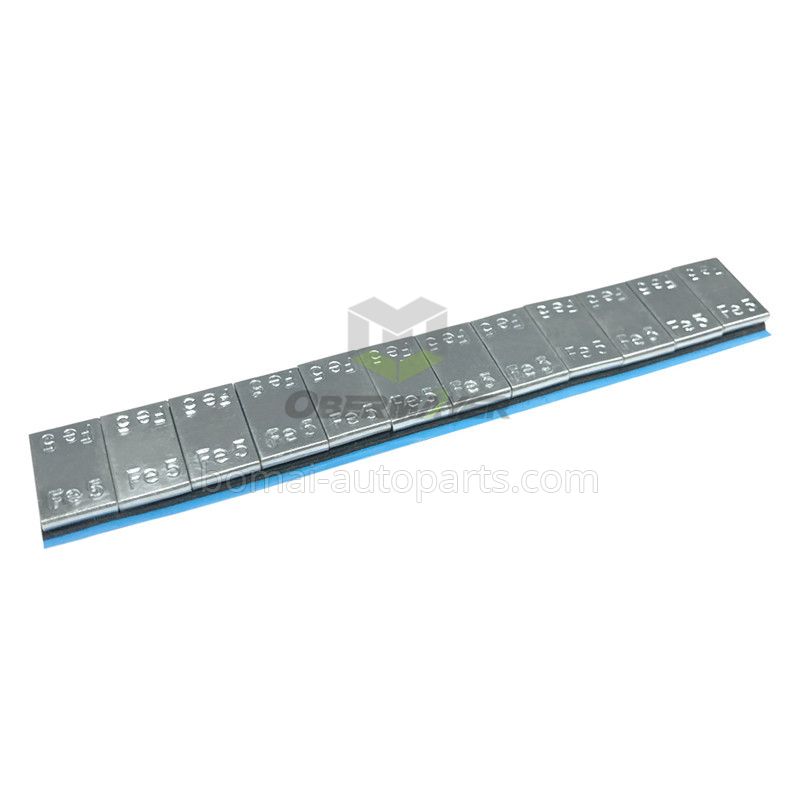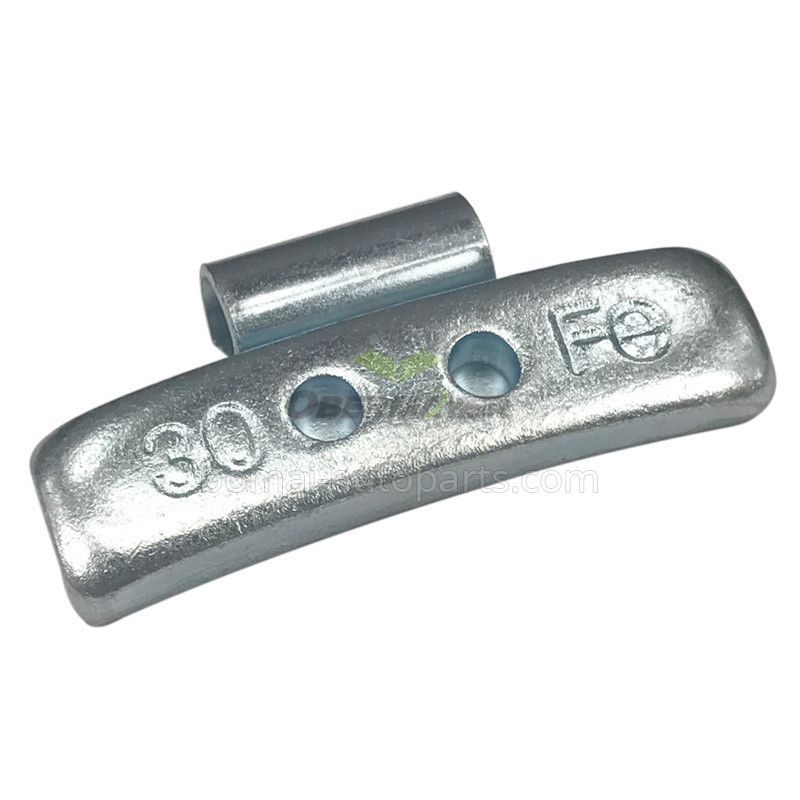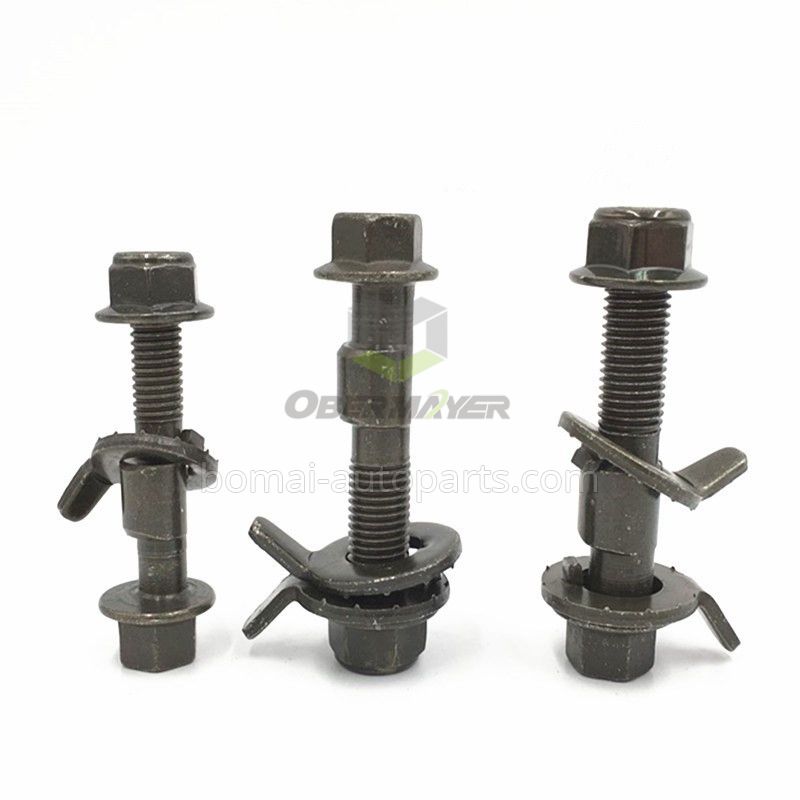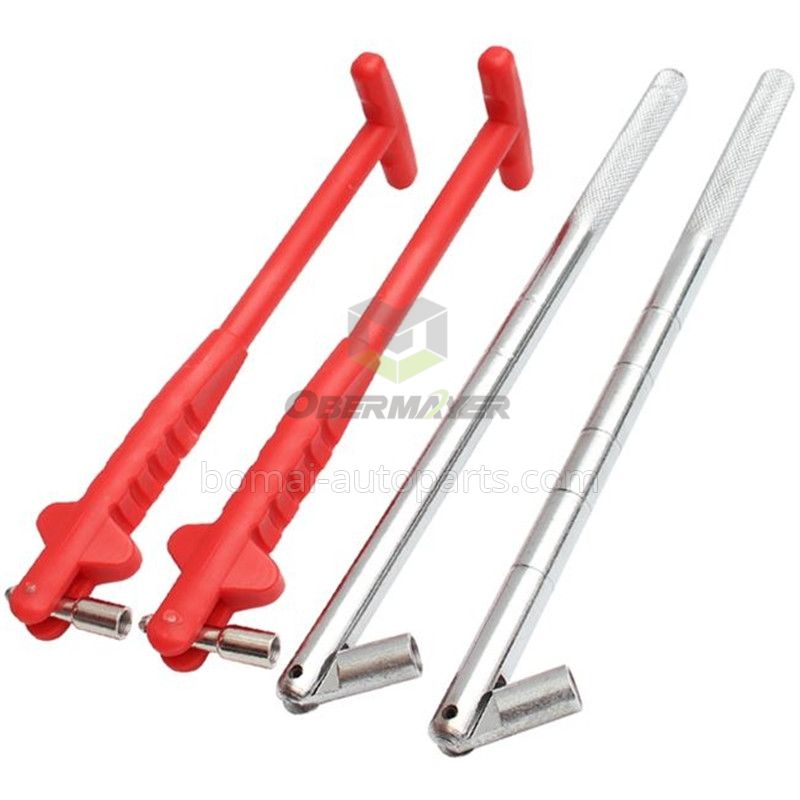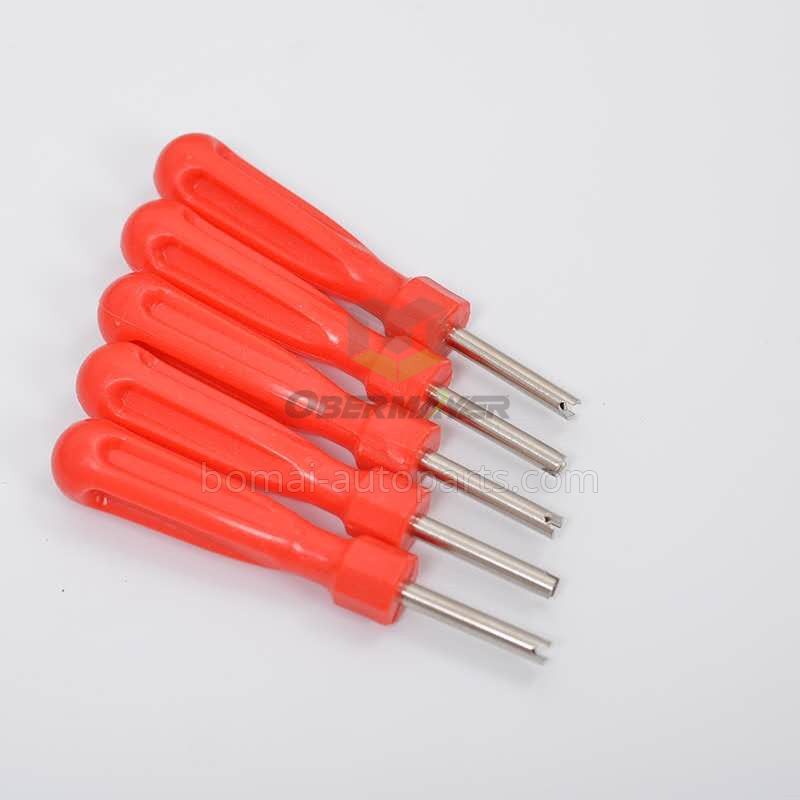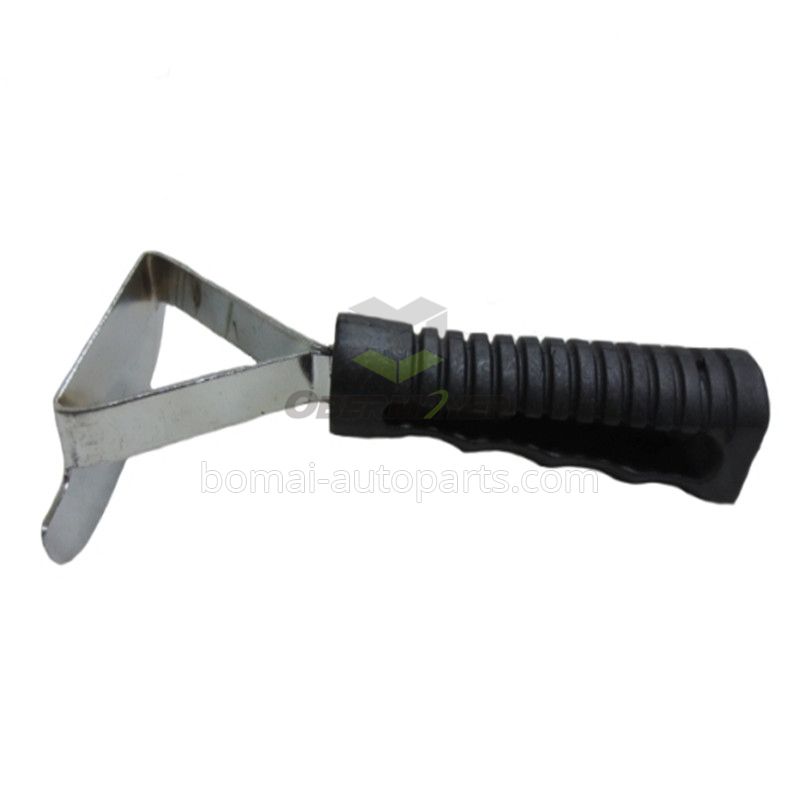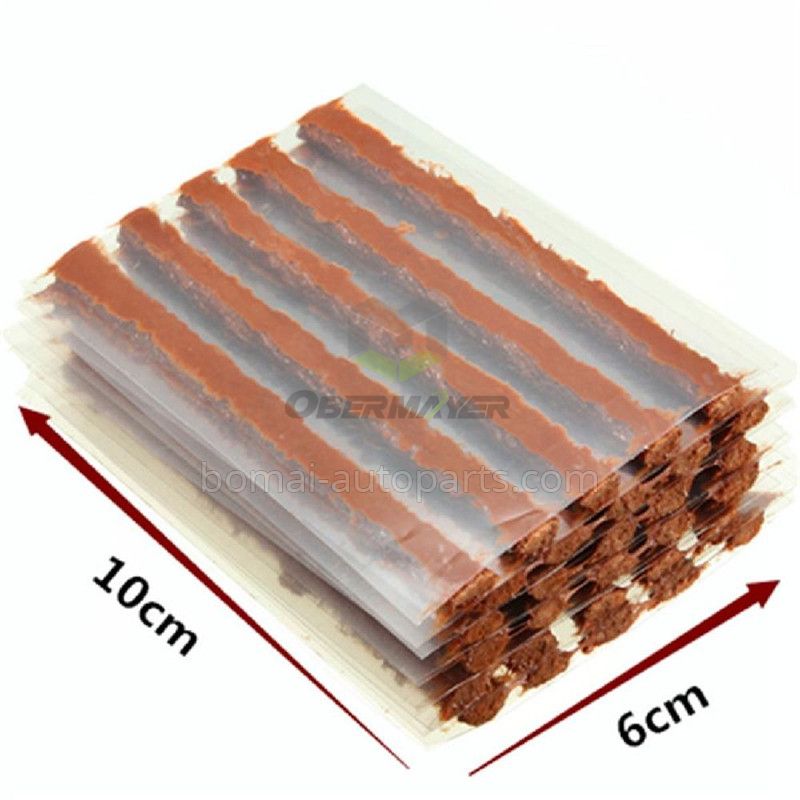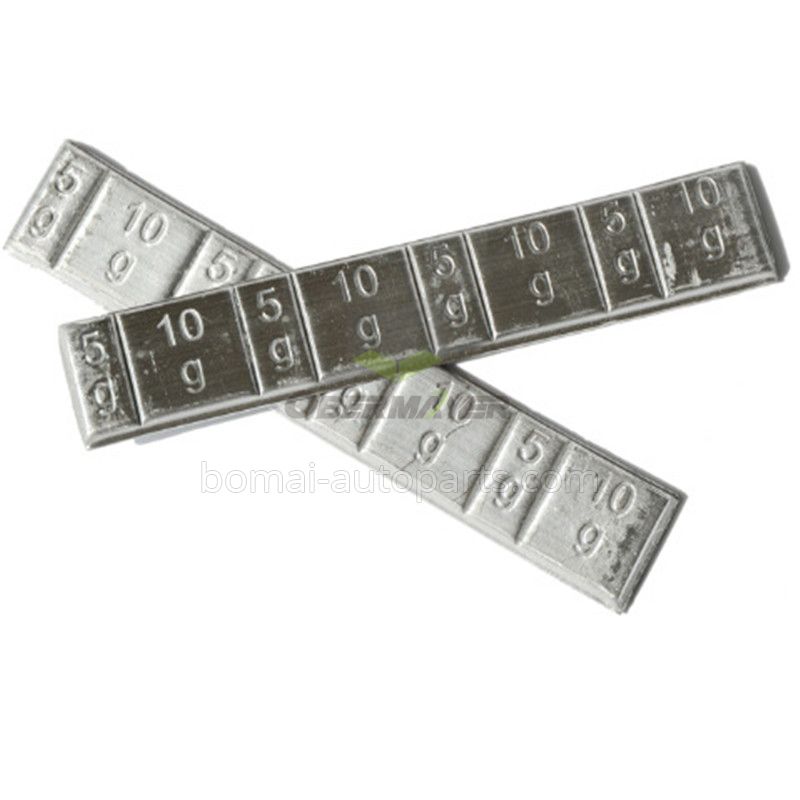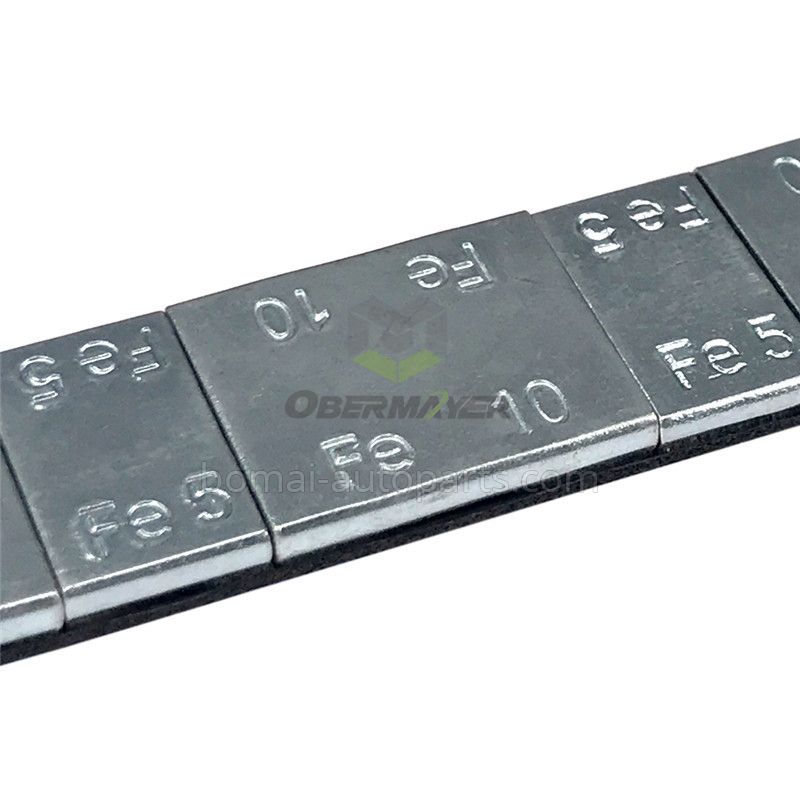Importance of car tire installation direction and common misunderstandings
Impact of tire installation on safety and performance
We all know that shoes have front and back, left and right, but do car tires also need to be installed front and back? Can the four tires of a car be installed at will? If the tires are installed upside down, will there be serious consequences? Next, we will answer these questions for you one by one.
In fact, car tires cannot be installed at will. In some cases, installing tires upside down may even cause vehicle failure, seriously affecting driving safety and performance. Therefore, when installing tires, we must be extra careful to ensure that the tires are installed correctly.
The tire is installed inside and outside
The inside and outside of a tire are not interchangeable. Some tires have specific tread designs that are critical to the performance and safety of the tire. If the inside and outside of the tire are installed in reverse, it may change the expected performance of the tire and even cause safety hazards. Therefore, when installing the tire, we must carefully identify the inside and outside of the tire to ensure the correct installation direction.
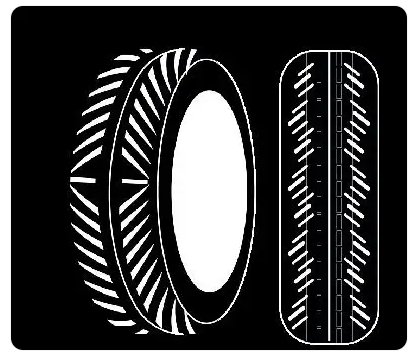
Inside-out and inside-out refers specifically to tires with asymmetric treads. The tread design of these tires may be vertical or straight on one side, while the other side is diagonal, creating a noticeable difference. This asymmetric design not only gives the tire a specific directionality, but also stipulates a strict arrangement order. Once the inside and outside tires are installed reversed, you may not feel a noticeable difference in daily driving. However, at high speeds, such as emergency braking, avoiding obstacles or passing through flooded roads, the imbalance of tire grip will immediately become apparent. To ensure correct installation, we must carefully identify the front and back of the tire. Due to the delicate design of this asymmetric tire, each small pattern corresponds to a specific function, so it must be installed in strict accordance with the specified direction. Any error in direction can lead to significant differences in performance and even cause safety hazards.
Front and rear tires installed in reverse
When installing tires, in addition to paying attention to the reverse installation of the inside and outside, you also need to carefully distinguish the differences between the front and rear tires. Although in daily driving, the front and rear tires installed in reverse may not immediately show obvious problems, but under high-speed driving conditions, this incorrect installation may lead to serious consequences. Therefore, we must strictly follow the specified direction for installation, ensuring that every detail meets the requirements, so as to ensure driving safety and performance.
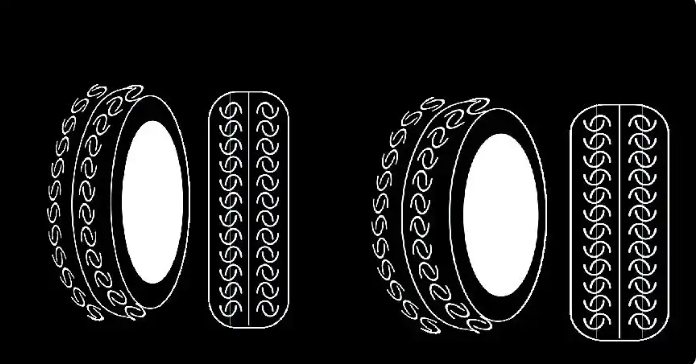
The problem of reverse installation of the front and rear tires mainly occurs in luxury cars, especially rear-wheel drive models. The width of the two front tires of this type of car is different from the width of the two rear tires. After installation, it will affect the flexibility of steering and even cause the vehicle to twist when accelerating. To avoid this, you should carefully distinguish the front and back before replacing the tires. An effective way is to observe the model of the front and rear tires. For example, the front tire model of a Porsche sports car is 235/45R18, and the rear tire model is 265/45R18. When replacing, just follow the original model.
3. Incorrect installation of single-directional tires
Single-directional tires have a specific direction when installed. If they are installed in reverse, the tire's grip, drainage and other performance will be reduced, and may even affect the safety and handling of the vehicle. Therefore, when installing single-directional tires, you must carefully identify the positive and negative directions and install them correctly according to the instructions on the tire.
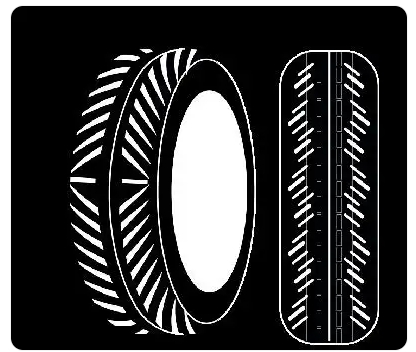
Single-directional tires have a specific installation method. Once installed upside down, their performance will be seriously affected. Simply put, if a single-directional tire is installed upside down, it is equivalent to turning it into a "reverse tire", which will not only increase fuel consumption and excessive wear, but also reduce grip on rainy days, and even cause safety hazards such as tire shaking and unstable direction when driving. Therefore, when installing single-directional tires, the correct installation method must be followed to ensure that their performance is fully utilized. Usually, high-performance vehicles or racing cars will choose single-directional tires because of their low rolling resistance, fuel-saving characteristics and excellent performance. When distinguishing the front and back of a single-directional tire, you can pay attention to the word "rotation" marked on the side of the tire. The side with the English letter "R" facing outward is the correct installation direction. If this letter is visible on the outside, it means that the tire is not installed upside down.
4. Left and right tires installed in reverse
Installing the left and right tires in reverse will also have an adverse effect on the vehicle's handling and safety. Similar to single-guide tires, if the left and right tires are installed in reverse, the vehicle's balance will be destroyed, resulting in reduced handling and even potential safety hazards. Therefore, when installing tires, be sure to ensure that the left and right tires are installed in the correct direction to ensure the stability and safety of the vehicle.
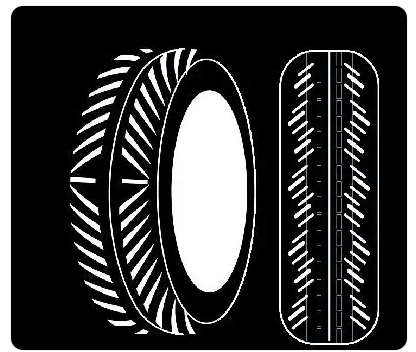
However, there is one special case that is allowed, that is, swapping the left and right tires. As long as the replacement tires are of the same brand and type as the original tires, and the specifications, direction and pattern match, such swapping operations are usually feasible. As the only part of the car that contacts the ground, the importance of tires is self-evident. It not only supports the weight of the car, but also affects the handling and safety. Therefore, car owners may wish to check whether the tires are installed upside down in their spare time. Once a problem is found, they should go to the repair shop in time to replace them to ensure driving safety and comfort.



